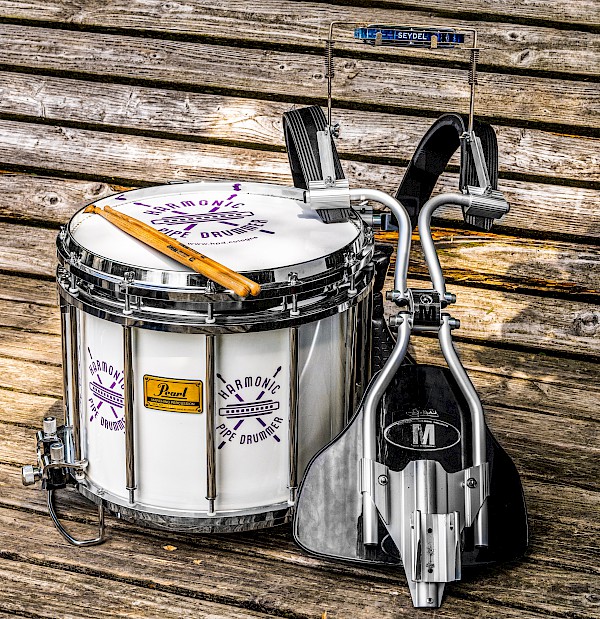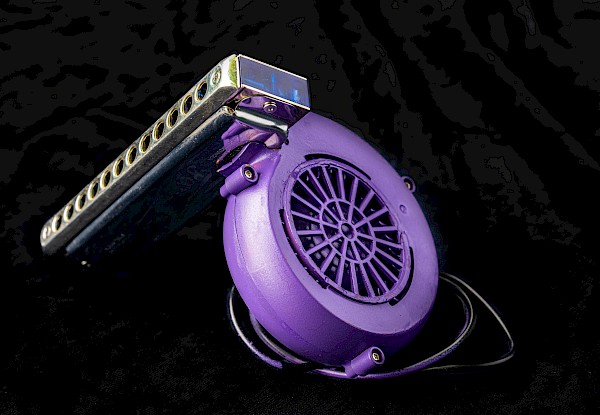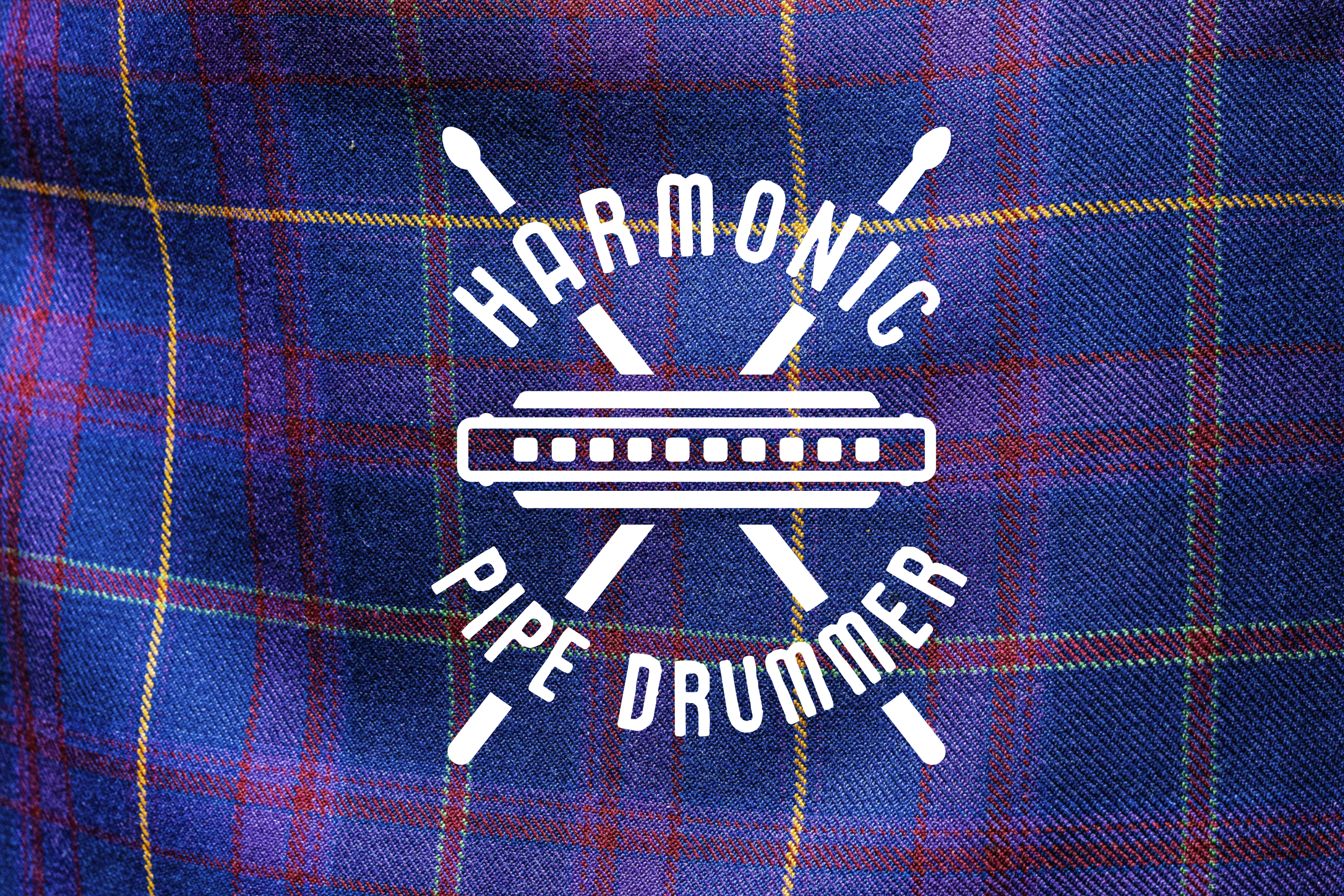The Invention
The Snare
Originally I just wanted to buy a side snare to make some Scottish music together with two friends who play the bagpipes. Just for the fun of music and being together! Until then, I could not have imagined what would come of it...
As a teenager, I played the snare in the tambour club and I was already enthusiastic about the sound of two sticks and a drum.
Well, I was looking for a side snare in June 2021 and found it at Silke‘s. Her brother was a passionate drummer but unfortunately died too early and unexpectedly. Thomas also liked to play Scottish songs in a club in Cologne's Südstadt. So I hadn't found the snare at all, but she found me!
The Carrier
What I still needed was a carrier. This holder that is put over the shoulders and which has a holder for the snare in the lower hip area so that it can be hung there. And then the search began. All the carriers I found on a platform for used stuff were, in my opinion, too bulky on the body but also to bulky to store. However, I found someone there who knew a lot about it and suggested the carrier of Jim Kilpatrick, who had invented exactly such a movable and easy to store carrier and offered it for sale on the internet. I saw it... ordered it... and the expectation was great. And then it finally arrived!
The Idea
What happened next came spontaneously from my associative nature. I put the carrier over my shoulders. And even before I attached the snare to it to try it out, I immediately noticed these two adjustment screws on the shoulder bracket on the right and left. My first thought was "Hey, I can screw a harmonica holder on there!" And that's exactly what I did.
But I had to extend the holder, which was of course no problem for me as a trained craftsman. And so I had successfully united my first attempt to play harmonica in connection with a snare.

The Harmonica
Immediately, I discovered the next challenge: these common harmonicas were too quiet and unspectacular for me. So I thought about an extension for a while. Acoustic Corn, electric amplification, nothing fitted like I wanted it to. I then had the idea of imitating the drone sound of a bagpipe, on a perhaps larger and louder harmonica. But how? After a lot of research, I came across the website of the harmonica manufacturer "Seydel & Söhne" in the tranquil town of Klingenthal. I wrote an email to them telling them about my idea to invent a bagpipe harmonica.
This mail was a direct hit!
I was connected with the inventor, tinkerer and creative head of the company, Bertram Becher, and started to work out this idea with him using one of their loudest harmonicas "Fanfare". This harmonica has 12 cantles and three octaves. But that was not feasible for me. So I came up with the idea of equipping the first two cantle cells with the low drone tone of the bagpipe, and the remaining 10 in the key of A and the fourth D that follows. This was all possible because one of the highlights of this company is that they provide a configurator with which you can determine the tones yourself. WHAT A GREAT JOY!
Harmonica as bagpipes
It wouldn’t have been my project without another tricky question to solve: how do I adress the low sounds that come continuously from the bagpipes? With a compressed air bottle, an electric air pump, bellows or other pneumatic inventions?
At Christmas 2021 I had "THE idea".
My dear wife Rita once wore a costume at carnival, a sumo wrestler, which remained inflated with a constant supply of air.
Long story very short: After months of pneumatic "rape", I‘ve worked on this small device, which provides this air supply to be pushed exactly onto the harmonica and there it produces these deep drone notes of a bagpipe from the back of the harmonica. Carnival can be so inspiring!

Some Credentials: If I hadn't had Bertram, it would have taken 17 months instead of 7 to realise my idea. Thank you so much, Bertram!
Here I would like to mention also Michael Hempen who worked out my idea of the "channel constriction" with his 3D-printer and implemented and inserted it as a component.

 Deutsch
Deutsch